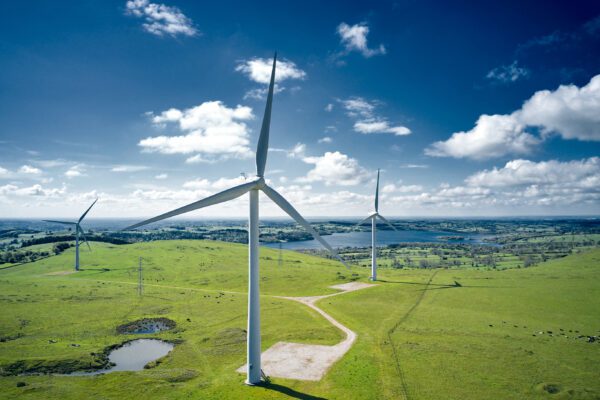
Valid on-site generation mediums for NHS trusts to replace diesel generators
What valid on-site generation mediums are available to NHS Trusts to replace their diesel generators?
Earlier this year, National Grid launched a ‘call for innovation’ to UK businesses to find new low-carbon alternatives to backup diesel generators. However, this has been at the top of the agenda for most NHS Trusts throughout England for some time.
But what valid on-site generation mediums are available to NHS Trusts to replace their diesel generators? First, let’s take a look at why having back up power is essential and why transitioning to renewable on-site generation is a key step in the journey to net-zero.
Why back up power is vital for NHS Trusts
Whilst backup diesel generation is rarely used, on the off chance that it is required, switching from diesel to low-carbon emission alternatives could reduce carbon emissions and costs tenfold.
Backup generation isn’t just about ensuring the lights stay on. It’s unequivocally essential for powering lifesaving daily surgical operations, respiratory ventilation systems and other critical medical equipment and without it, the impacts would be devastating. Causes of power loss could range from a momentary lapse in power to extreme weather events and regional disasters such as flooding or disruptions to the national or local power supply.
Uninterrupted power supply is a lifesaving necessity and improves the reliability and efficiency of a Trust’s electrical system, sustaining critical services and data protection for staff, and patients.
The impact of diesel generators
Whilst diesel generators were a popular option for backup energy, with growing interest in reducing emissions and reaching net-zero, they have been criticised for their harsh environmental impact. Diesel generators produce more carbon emissions than newer low-carbon alternatives.
Not only do they have an impact on the climate, but they also have an effect on air quality and health. Diesel generators are also at risk of microbial contamination (otherwise known as the ‘diesel bug’) due to irregular use. This issue arises when stored fuel isn’t replenished on a regular basis and gives microorganisms time to multiply, leading to blocked filters, erosion of mechanical parts and potential engine failure.
The maintenance and lifespan of diesel generators is dwindling in the face of cleaner and more efficient technology. But what mediums of on-site generation are available to NHS Trusts?
Valid on-site generation mediums
Solar PV and large battery storage
Solar PV is perhaps one of the more popular on-site renewable generation options for NHS Trusts with many looking to implementing this within their energy strategy if they haven’t done so already.
Solar panels are one of the best ways to begin creating owned generation for NHS Trusts and the also come with many benefits. Not only do they support low carbon initiatives but are a financially attractive option – particularly within the public sector who are juggling net-zero improvements and investments with a severely tight budget.
Installing industrial power storage (batteries) on site allows for the solar generated electricity to be used at times when the sun isn’t shining, but crucially, can be topped up with grid electricity during off peak times. This combination can provide excellent power resilience in the event of power outages, and what’s more, it’s a very low-carbon system.
Fuel cells and hydrogen
Fuels such as hydrogen, will play a significant part in the UK’s road to net-zero. Fuel cells along with hydrogen can offer NHS Trusts a wide range of opportunities in a variety of applications that could make transitioning more affordable.
Stored hydrogen produced from renewable sources can be turned into electricity and heat via fuel cells. These combined can help increase resilience and deliver an efficient cost-effective transition, contributing to the UK’s Clean Growth Agenda.
Fuel cells can help minimise the need for grid reinforcement and offer many practical benefits over other low and zero carbon options such as electrification.
Biofuel and CHP
Biofuel generators and CHP systems that operate on a range of second-generation liquid waste biofuels are greener and more sustainable than their fossil-fuelled ancestors – diesel generators. These generators are more environmentally friendly and can provide the same level of heat and power load. However, like diesel, particulates and nitrogen dioxide emissions need to be taken into consideration from their use.
Whatever your Trust’s energy needs are, if you’re looking to invest in renewable on-site generation to lower its carbon footprint, speak to our experts today on 01772 689250 or email [email protected].










